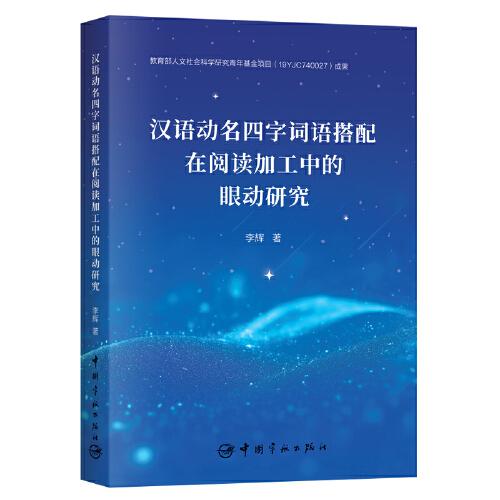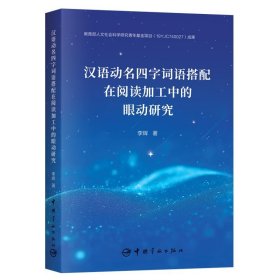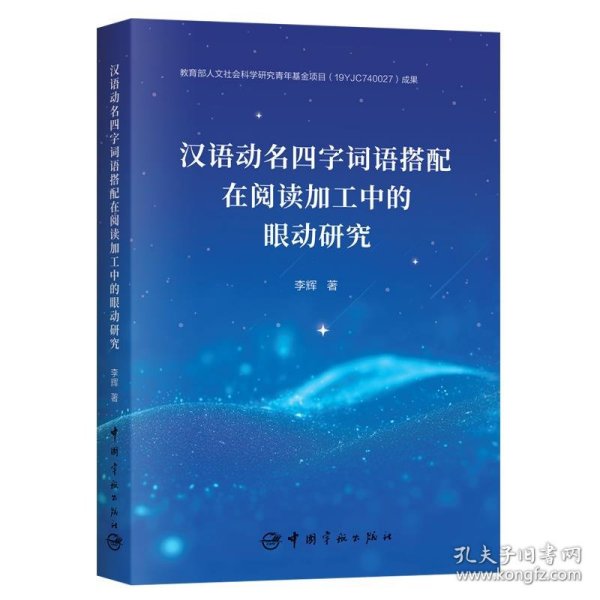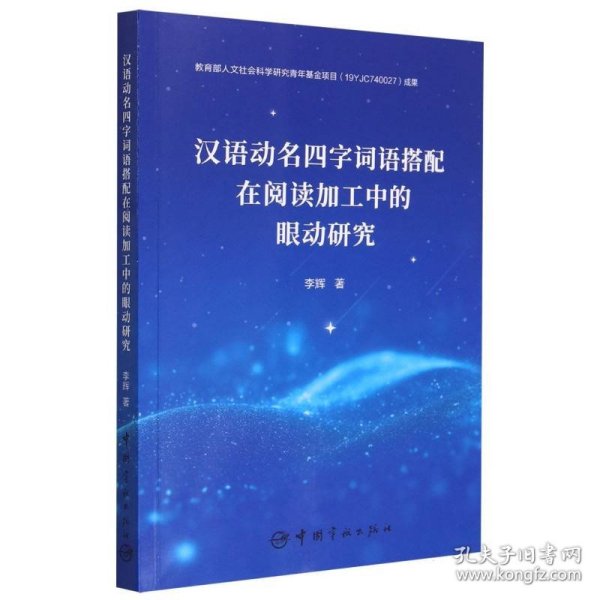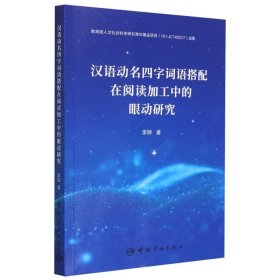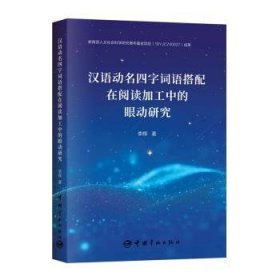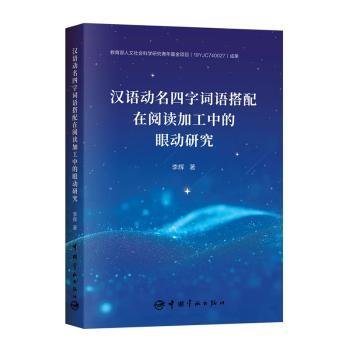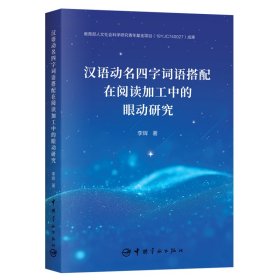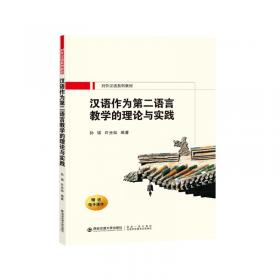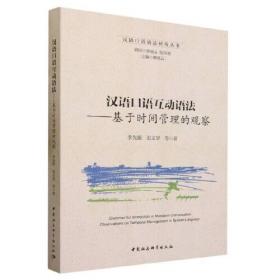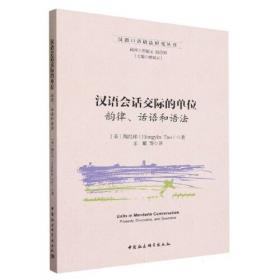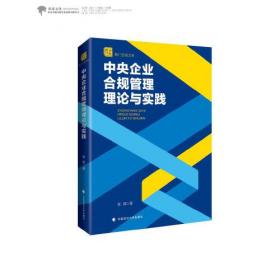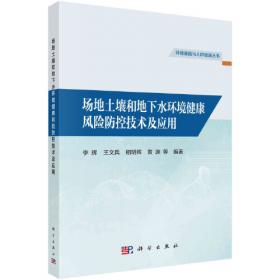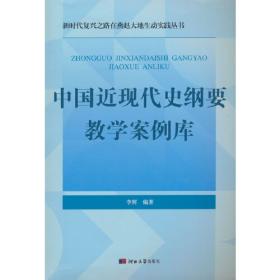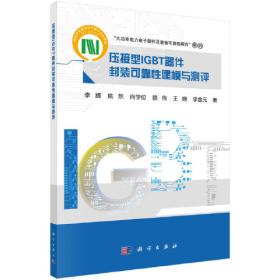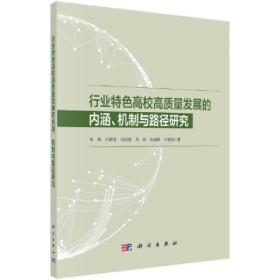汉语动名四字词语搭配在句子阅读加工中的眼动研究
出版时间:
2023-10
版次:
1
ISBN:
9787515922812
定价:
68.00
装帧:
其他
开本:
32开
纸张:
胶版纸
页数:
264页
字数:
192.000千字
-
《汉语动名四字词语搭配在句子阅读加工中的眼动研究》聚焦汉语动名四字词语搭配,采用眼动实验的方法,深入发掘汉语动名四字词语搭配在阅读中的加工机制。本书通过五个眼动实验,得出在阅读加工速度上,汉语词语搭配比非搭配速度更快;在影响因素上,语境预测性?搭配强度和联想强度影响阅读加工,其中搭配强度效应与语境预测性效应相互独立,而联想强度效应受语境预测性效应的影响?本书的研究结论可以为汉语搭配的深入研究,为汉语词语搭配习得和运用提供参考,为汉语阅读眼动模型发展提供数据支持? 李辉,女,出生于1979年7月,浙大宁波理工学院外国语学院讲师,浙江大学外国语学院博士,研究领域为心理语言学,计量语言学。 Contents
Chapter 1 Introduction 1
1.1 Research background 1
1.2 Research objectives and questions 10
1.3 Research significance 12
1.4 Organization of the dissertation 14
Chapter 2 Literature Review 16
2.1 Working definition of collocations 16
2.2 Classification of collocations 20
2.3 Identification of collocations 21
2.4 Theoretical framework 23
2.4.1 Lexical priming theory 24
2.4.2 Usage-based theory and exemplar-based theory 26
2.4.3 Holistic processing theories 29
2.4.4 Analytic processing theory 31
2.4.5 Parallel processing theory 32
2.5 The processing of English collocation 33
2.5.1 The processing advantage of English collocation 33
2.5.2 Processing patterns of English collocation 38
2.5.3 Factors affecting the processing of English collocation 41
2.6 The processing of Chinese formulaic language 58
2.6.1 The processing of Chinese idioms 58
2.6.2 The processing of Chinese collocations 62
2.7 Conclusion 64
Chapter 3 Methodology 66
3.1 Introduction 66
3.2 Eye movements during reading 67
3.2.1 Background information of eye movements 67
3.2.2 Eye-tracking technology 72
3.2.3 Eye movement measures 73
3.2.4 Models of eye movement control during reading 75
3.2.5 Parafoveal processing during reading 81
3.3 Conclusion 88
Chapter 4 Study I: The Processing Advantages of Chinese Collocations 89
4.1 Introduction 89
4.2 Experiment 1: Comparison between Chinese collocations and non-collocations 90
4.2.1 Method 90
4.2.2 Results 96
4.2.3 Discussion 99
4.3 Conclusion 101
Chapter 5 Study II: Holistic or Analytic Processing 102
5.1 Introduction 102
5.2 Experiment 2: Manipulating the preview of the noun 108
5.2.1 Method 108
5.2.2 Results 113
5.2.3 Discussion 117
5.3 Experiment 3: Manipulating the preview of the last character 119
5.3.1 Method 119
5.3.2 Results 123
5.3.3 Discussion 127
5.4 Conclusion 128
Chapter 6 Study III: Influencing Factors 130
6.1 Introduction 130
6.2 Experiment 4: Effects of collocation strength and context 134
6.2.1 Methods 134
6.2.2 Results 138
6.2.3 Discussion 141
6.3 Experiment 5: Effects of association strength and context 143
6.3.1 Methods 143
6.3.2 Results 148
6.3.3 Discussion 152
6.4 Conclusion 153
Chapter 7 General Discussion 157
7.1 Introduction 157
7.2 The processing features of Chinese collocations 157
7.2.1 Quicker processing for collocations than non-collocations 157
7.2.2 Integration of both holistic and analytical processing 160
7.2.3 Linguistic factors influencing collocational processing 163
7.3 The processing model for Chinese verb-noun collocations 166
7.4 Conclusion 169
Chapter 8 Conclusion 170
8.1 Major findings 170
8.2 Implications 172
8.2.1 Theoretical implications 172
8.2.2 Practical implications 175
8.3 Limitations and suggestions for future studies 176
8.3.1 Limitations 176
8.3.2 Suggestions for future studies. 177
Appendices 178
Appendix 1: Materials for Experiment 1 178
Appendix 2: Materials for Experiment 2 185
Appendix 3: Substitute Characters for Experiment 2 191
Appendix 4: Materials for Experiment 3 194
Appendix 5: Substitute Characters for Experiment 3 200
Appendix 6: Materials for Experiment 4 203
Appendix 7: Materials for Experiment 5 212
References 220
-
内容简介:
《汉语动名四字词语搭配在句子阅读加工中的眼动研究》聚焦汉语动名四字词语搭配,采用眼动实验的方法,深入发掘汉语动名四字词语搭配在阅读中的加工机制。本书通过五个眼动实验,得出在阅读加工速度上,汉语词语搭配比非搭配速度更快;在影响因素上,语境预测性?搭配强度和联想强度影响阅读加工,其中搭配强度效应与语境预测性效应相互独立,而联想强度效应受语境预测性效应的影响?本书的研究结论可以为汉语搭配的深入研究,为汉语词语搭配习得和运用提供参考,为汉语阅读眼动模型发展提供数据支持?
-
作者简介:
李辉,女,出生于1979年7月,浙大宁波理工学院外国语学院讲师,浙江大学外国语学院博士,研究领域为心理语言学,计量语言学。
-
目录:
Contents
Chapter 1 Introduction 1
1.1 Research background 1
1.2 Research objectives and questions 10
1.3 Research significance 12
1.4 Organization of the dissertation 14
Chapter 2 Literature Review 16
2.1 Working definition of collocations 16
2.2 Classification of collocations 20
2.3 Identification of collocations 21
2.4 Theoretical framework 23
2.4.1 Lexical priming theory 24
2.4.2 Usage-based theory and exemplar-based theory 26
2.4.3 Holistic processing theories 29
2.4.4 Analytic processing theory 31
2.4.5 Parallel processing theory 32
2.5 The processing of English collocation 33
2.5.1 The processing advantage of English collocation 33
2.5.2 Processing patterns of English collocation 38
2.5.3 Factors affecting the processing of English collocation 41
2.6 The processing of Chinese formulaic language 58
2.6.1 The processing of Chinese idioms 58
2.6.2 The processing of Chinese collocations 62
2.7 Conclusion 64
Chapter 3 Methodology 66
3.1 Introduction 66
3.2 Eye movements during reading 67
3.2.1 Background information of eye movements 67
3.2.2 Eye-tracking technology 72
3.2.3 Eye movement measures 73
3.2.4 Models of eye movement control during reading 75
3.2.5 Parafoveal processing during reading 81
3.3 Conclusion 88
Chapter 4 Study I: The Processing Advantages of Chinese Collocations 89
4.1 Introduction 89
4.2 Experiment 1: Comparison between Chinese collocations and non-collocations 90
4.2.1 Method 90
4.2.2 Results 96
4.2.3 Discussion 99
4.3 Conclusion 101
Chapter 5 Study II: Holistic or Analytic Processing 102
5.1 Introduction 102
5.2 Experiment 2: Manipulating the preview of the noun 108
5.2.1 Method 108
5.2.2 Results 113
5.2.3 Discussion 117
5.3 Experiment 3: Manipulating the preview of the last character 119
5.3.1 Method 119
5.3.2 Results 123
5.3.3 Discussion 127
5.4 Conclusion 128
Chapter 6 Study III: Influencing Factors 130
6.1 Introduction 130
6.2 Experiment 4: Effects of collocation strength and context 134
6.2.1 Methods 134
6.2.2 Results 138
6.2.3 Discussion 141
6.3 Experiment 5: Effects of association strength and context 143
6.3.1 Methods 143
6.3.2 Results 148
6.3.3 Discussion 152
6.4 Conclusion 153
Chapter 7 General Discussion 157
7.1 Introduction 157
7.2 The processing features of Chinese collocations 157
7.2.1 Quicker processing for collocations than non-collocations 157
7.2.2 Integration of both holistic and analytical processing 160
7.2.3 Linguistic factors influencing collocational processing 163
7.3 The processing model for Chinese verb-noun collocations 166
7.4 Conclusion 169
Chapter 8 Conclusion 170
8.1 Major findings 170
8.2 Implications 172
8.2.1 Theoretical implications 172
8.2.2 Practical implications 175
8.3 Limitations and suggestions for future studies 176
8.3.1 Limitations 176
8.3.2 Suggestions for future studies. 177
Appendices 178
Appendix 1: Materials for Experiment 1 178
Appendix 2: Materials for Experiment 2 185
Appendix 3: Substitute Characters for Experiment 2 191
Appendix 4: Materials for Experiment 3 194
Appendix 5: Substitute Characters for Experiment 3 200
Appendix 6: Materials for Experiment 4 203
Appendix 7: Materials for Experiment 5 212
References 220
查看详情
-
全新
山东省泰安市
平均发货24小时
成功完成率92.34%
-
全新
河北省保定市
平均发货26小时
成功完成率92.6%
-
全新
河北省保定市
平均发货18小时
成功完成率87.71%
-
全新
河北省保定市
平均发货29小时
成功完成率85.83%
-
全新
河北省廊坊市
平均发货21小时
成功完成率93.56%
-
全新
湖北省武汉市
平均发货23小时
成功完成率90.09%
-
全新
河北省保定市
平均发货25小时
成功完成率89.29%
-
全新
山东省泰安市
平均发货8小时
成功完成率93.19%
-
全新
天津市津南区
平均发货13小时
成功完成率94.5%
-
九品
北京市海淀区
平均发货24小时
成功完成率86.39%
-
全新
北京市丰台区
平均发货8小时
成功完成率90.55%
-
全新
广东省广州市
平均发货20小时
成功完成率86.4%
-
全新
山东省泰安市
平均发货24小时
成功完成率92.34%
-
全新
湖南省长沙市
平均发货41小时
成功完成率84.16%
-
全新
河北省保定市
平均发货28小时
成功完成率86.39%
-
全新
四川省成都市
平均发货28小时
成功完成率85.14%
-
全新
河北省保定市
平均发货25小时
成功完成率89.1%
-
全新
江苏省宿迁市
平均发货25小时
成功完成率87.98%
-
全新
北京市房山区
平均发货29小时
成功完成率83.68%
-
全新
浙江省嘉兴市
平均发货10小时
成功完成率94.14%
-
全新
山东省泰安市
平均发货23小时
成功完成率86.14%
-
全新
北京市海淀区
平均发货11小时
成功完成率93.26%
-
全新
北京市通州区
平均发货16小时
成功完成率96.15%
-
全新
北京市通州区
平均发货18小时
成功完成率94.92%
-
全新
江苏省无锡市
平均发货18小时
成功完成率94.5%
-
全新
北京市通州区
平均发货10小时
成功完成率88.09%
-
全新
广东省广州市
平均发货8小时
成功完成率94.72%
-
全新
北京市通州区
平均发货9小时
成功完成率89.37%
-
全新
广东省广州市
平均发货17小时
成功完成率86.46%
-
全新
江西省南昌市
平均发货15小时
成功完成率82.1%
-
全新
湖北省武汉市
平均发货25小时
成功完成率77.29%
-
全新
河北省廊坊市
平均发货11小时
成功完成率90.7%
-
全新
湖北省武汉市
平均发货24小时
成功完成率89.74%
-
全新
河北省保定市
平均发货26小时
成功完成率70.77%
-
全新
浙江省嘉兴市
平均发货13小时
成功完成率91.92%
-
全新
北京市朝阳区
平均发货13小时
成功完成率79.29%
-
全新
山东省烟台市
平均发货12小时
成功完成率84.24%
-
全新
河北省保定市
平均发货28小时
成功完成率72.73%
-
全新
河北省保定市
平均发货15小时
成功完成率84.88%
-
全新
-
全新
上海市浦东新区
平均发货25小时
成功完成率71.94%
-
全新
湖北省武汉市
平均发货36小时
成功完成率71.43%

 占位居中
占位居中

